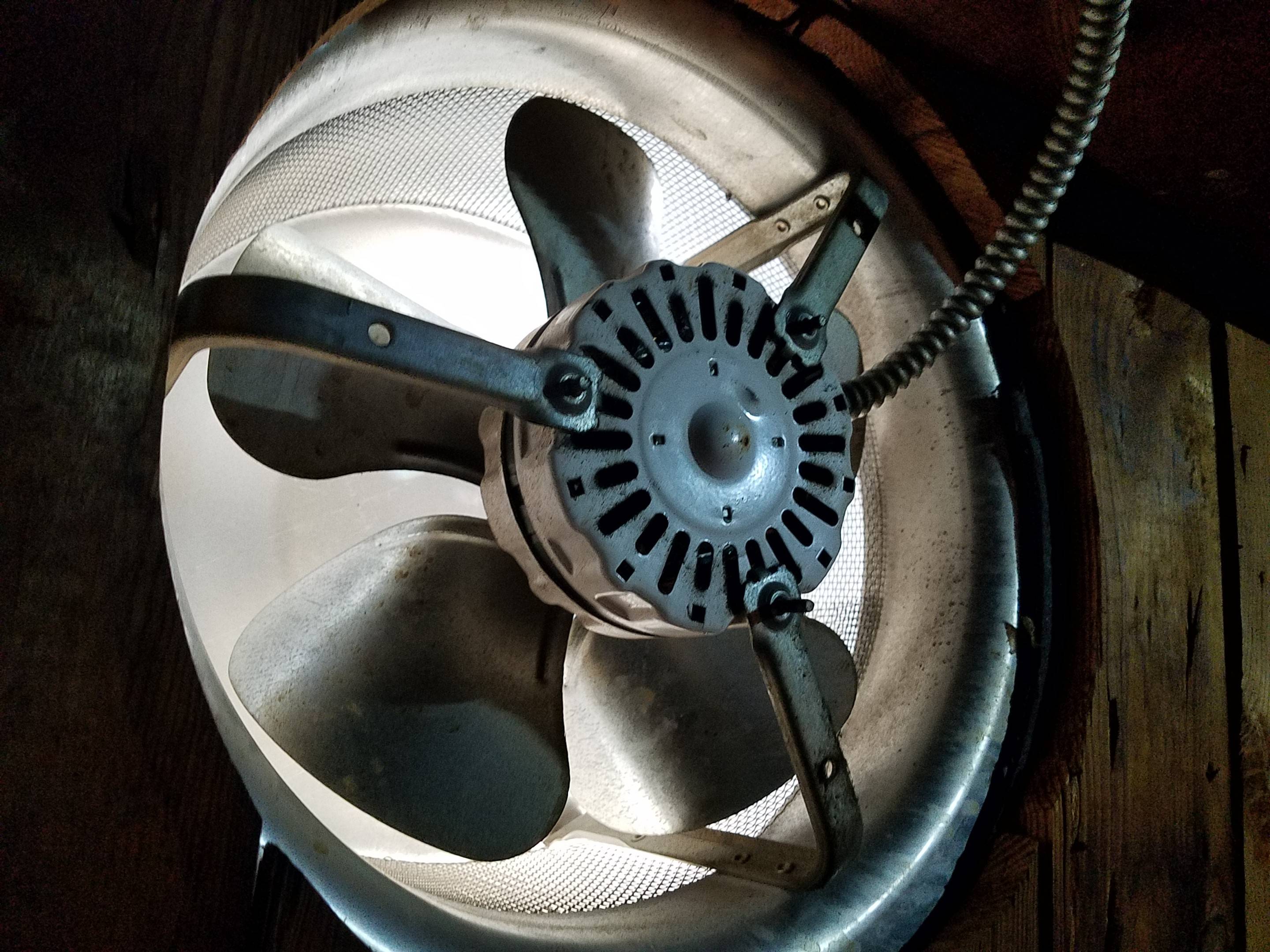

Articles
What Does An Attic Fan Do
Modified: January 9, 2024
Learn how an attic fan works and the benefits it provides in this informative article. Discover how an attic fan can improve your home's ventilation and energy efficiency.
(Many of the links in this article redirect to a specific reviewed product. Your purchase of these products through affiliate links helps to generate commission for Storables.com, at no extra cost. Learn more)
Introduction
An attic fan, also known as a solar attic fan or roof fan, is a ventilation device installed in the attic space of residential or commercial buildings. It works by effectively expelling hot air from the attic and replacing it with cooler air from outside. Attic fans play a crucial role in maintaining a comfortable indoor environment, reducing energy costs, and extending the lifespan of the roof.
During the hot summer months, attics can become highly heated due to the sun’s radiant heat penetrating the roof. This trapped heat can significantly raise the temperature inside the building, making it uncomfortable for occupants and placing an additional burden on the air conditioning system. Attic fans provide a solution to this problem by actively ventilating the attic space, allowing heat to escape and preventing it from seeping into the living spaces below.
The basic principle behind the operation of attic fans is simple yet effective. Powered by electricity or solar energy, the fan draws air from the outside and pushes it into the attic. As the fresh air enters, it displaces the hot air, causing it to rise and exit through vents or openings in the roof. This continuous airflow helps to create a balanced ventilation system, regulating the temperature and reducing humidity levels in the attic.
Installing an attic fan offers several advantages for homeowners and property owners. Firstly, it helps to lower the temperature inside the building, making it more comfortable for occupants and reducing the reliance on air conditioning. By reducing the heat load on the air conditioning system, attic fans can significantly decrease energy consumption and lead to substantial cost savings on utility bills.
Moreover, attic fans contribute to the overall longevity of the roof by preventing excessive heat buildup. High temperatures in the attic can cause shingles and roofing materials to deteriorate more quickly, leading to expensive repairs or premature replacement. The consistent airflow provided by an attic fan helps to preserve the structural integrity of the roof, reducing the risk of damage caused by heat-related issues.
Before installing an attic fan, there are a few factors to consider. The size and layout of the attic, as well as the climate in the region, play a crucial role in determining the suitable fan capacity. It is essential to choose the right size and type of fan to ensure optimal performance. Additionally, proper installation and regular maintenance are necessary to maximize the efficiency and lifespan of the fan.
In the following sections of this article, we will delve deeper into the working mechanism of attic fans, explore their benefits, discuss the various types available, provide guidance on the installation process, and offer tips for maintenance and care. By the end, you will have a comprehensive understanding of attic fans and their importance in improving indoor air quality and energy efficiency.
Key Takeaways:
- Attic fans are essential for regulating indoor temperature, reducing energy costs, and extending roof lifespan. They expel hot air and improve air quality, making them a valuable addition to any property.
- Factors such as attic size, climate, and fan capacity must be considered before installing an attic fan. Proper maintenance, including cleaning and inspection, is crucial for optimal performance and longevity.
Read more: How Does Attic Fans Work
How Attic Fans Work
Attic fans work on the principle of creating a continuous flow of air within the attic space. They are designed to remove hot air from the attic and replace it with cooler air from the outside. This exchange of air helps to regulate the temperature in the attic and prevent heat transfer into the living spaces below.
Attic fans can be powered by electricity or solar energy, and they are typically installed on the roof or in the gable end of the attic. The fan is connected to an intake vent, which allows fresh air to enter the attic from the outside. As the fan operates, it draws this fresh air into the attic and forces the hot air to exit through vents or openings in the attic, such as ridge vents, gable vents, or soffit vents.
When the attic fan is turned on, it creates a negative pressure inside the attic space, causing the hot air to be pulled out. At the same time, the fan pushes in cooler air from outside, creating a continuous and natural flow of air. This airflow helps to prevent moisture buildup, reduce the risk of mold and mildew, and keep the attic temperature in check.
The effectiveness of an attic fan depends on various factors, such as the size of the fan, the size and layout of the attic, the number and placement of vents, and the overall insulation of the attic. Properly sizing the fan is crucial to ensure efficient ventilation. A general rule of thumb is to have one square foot of ventilation area for every 300 square feet of attic space. This ensures that a sufficient volume of air can flow through the attic, allowing for effective cooling.
It is important to note that attic fans should not be used as a substitute for proper attic insulation and ventilation. Adequate insulation and proper sealing of attic air leaks are essential to ensure the energy efficiency of the entire home. Attic fans work hand in hand with insulation and ventilation systems to maintain a balanced and comfortable indoor environment.
Some attic fans also come equipped with thermostat and humidity controls. These features allow homeowners to set the desired temperature and humidity levels in the attic. The fan will automatically turn on when the temperature or humidity exceeds the set threshold and turn off once the desired levels are reached.
Overall, attic fans are a valuable addition to any home or commercial building. They provide an effective solution for managing attic temperatures, improving air circulation, and reducing energy costs. When properly installed and maintained, attic fans can make a significant difference in the comfort and energy efficiency of a property.
Benefits of Installing an Attic Fan
There are numerous benefits to installing an attic fan in your home or commercial building. From improving indoor comfort to reducing energy costs, attic fans offer several advantages that make them a worthwhile investment. Here are some of the key benefits:
- Temperature Regulation: One of the primary benefits of an attic fan is its ability to regulate the temperature in the attic. Attics can get extremely hot, especially during the summer months, which can lead to increased temperatures inside the living spaces below. By expelling the hot air and bringing in cooler air from outside, attic fans help to create a more comfortable indoor environment.
- Reduced Energy Costs: Attic fans can significantly reduce energy costs by reducing the load on your air conditioning system. By actively ventilating the attic, attic fans prevent the buildup of hot air, which would otherwise seep into the home and force the air conditioner to work harder to maintain a comfortable temperature. By keeping the attic cooler, attic fans can help lower your cooling costs during warm weather.
- Extended Roof Lifespan: Excessive heat in the attic can damage roofing materials and lead to premature deterioration. Attic fans help to dissipate heat and reduce the strain on the roof, extending its lifespan. By maintaining a cooler attic temperature, attic fans can help preserve the integrity of the roof structure, ultimately saving you from costly repairs or roof replacement.
- Improved Indoor Air Quality: Attic fans promote better indoor air quality by reducing humidity levels and preventing the growth of mold and mildew. By actively circulating air through the attic, attic fans help to prevent moisture buildup, which can lead to the development of harmful allergens and contribute to poor indoor air quality. This is especially beneficial for individuals with respiratory conditions or allergies.
- Prevent Ice Dams: In colder climates, ice dams can form on the roof during winter months, leading to potential water damage and roof leaks. Attic fans can help prevent the formation of ice dams by maintaining a more consistent temperature in the attic. By reducing heat buildup and ensuring proper ventilation, attic fans can minimize the risk of ice dams and the resulting damage they can cause.
- Environmentally Friendly: Solar-powered attic fans are an eco-friendly option as they harness the power of the sun to operate. By using renewable energy, solar attic fans reduce dependence on traditional electricity sources, lower carbon emissions, and contribute to a greener environment.
It is important to note that the benefits of installing an attic fan may vary depending on factors such as the size and layout of your attic, climate, insulation levels, and the specific fan model chosen. Consult with a professional to determine the best attic fan solution for your specific needs and optimize the benefits it can provide.
Factors to Consider before Installing an Attic Fan
Before installing an attic fan, it is important to consider various factors to ensure that you choose the right fan for your specific needs and optimize its effectiveness. Here are some key factors to consider:
- Attic Size and Layout: The size and layout of your attic are crucial considerations when determining the type and capacity of the attic fan you need. Larger attics may require more powerful fans or multiple fans to effectively circulate the air. Assessing the size and layout of the attic will help determine the appropriate fan size and placement to maximize ventilation.
- Climate and Ventilation Requirements: The climate in your region plays a role in determining the ventilation requirements for your attic. In warmer climates, for example, the attic may require more frequent air circulation to prevent heat buildup. Additionally, the number and placement of existing vents in the attic will affect the type and capacity of the attic fan you choose.
- Fan Capacity and Sizing: Choosing the right fan capacity is crucial to ensure effective ventilation. The fan capacity is measured in cubic feet per minute (CFM), which indicates the amount of air the fan can move in a minute. A general rule of thumb is to have 1 CFM per square foot of attic space. However, factors like attic insulation and the local climate may require adjustments to this guideline. Consult with a professional to determine the appropriate fan size and capacity for your attic.
- Noise Level: Attic fans can generate noise during operation. Consider the noise level of the fan when choosing a model, especially if the attic is close to living spaces or bedrooms. Look for attic fans with low noise ratings to avoid any potential disturbances.
- Electrical Accessibility: Attic fans powered by electricity require a source of power. Ensure that there is an electrical connection available near the installation site. If there is no existing electrical connection, consult with an electrician to determine the feasibility and cost of installing one.
- Solar-Powered or Electric: Attic fans can be either solar-powered or electric-powered. Solar-powered fans are more energy-efficient and environmentally friendly, as they rely on the sun’s energy to operate. However, they may not be suitable for areas with limited sunlight or heavy shade. Electric-powered fans are a reliable option and work independently of sunlight, but they consume more electricity.
- Professional Installation: Attic fan installation may require professional assistance, especially if it involves electrical connections or modifications to the roof. Hiring a professional ensures a proper and safe installation, maximizing the efficiency and longevity of the fan.
Considering these factors before installing an attic fan will help you make an informed decision and choose the right fan for your specific attic requirements. Consult with a professional to assess your attic’s needs and determine the best attic fan solution for your home or building.
Types of Attic Fans
There are several types of attic fans available on the market today, each offering unique features and benefits. Understanding the different types will help you determine the most suitable option for your specific attic ventilation needs. Here are some common types of attic fans:
- Roof-Mounted Attic Fans: Roof-mounted attic fans are installed directly on the roof surface. These fans are typically equipped with a flashing system that ensures a watertight seal around the fan. Roof-mounted fans are effective at removing hot air from the attic and are often preferred for their durability and performance. However, installation can be more challenging and may require professional assistance.
- Gable-Mounted Attic Fans: Gable-mounted attic fans are installed in the gable end of the attic, usually in the sidewall near the peak of the roof. These fans are easier to install compared to roof-mounted fans and offer effective ventilation. They draw fresh air from outside through the gable vents and expel hot air from the attic. Gable-mounted fans are a popular choice for their accessibility and efficiency.
- Solar-Powered Attic Fans: Solar-powered attic fans are becoming increasingly popular due to their energy efficiency and environmental friendliness. These fans are powered by solar panels, which convert sunlight into electrical energy to operate the fan. Solar-powered attic fans are easy to install and do not require any electrical connections, making them a convenient option. They are ideal for regions with ample sunlight and are an excellent choice for homeowners looking to reduce their carbon footprint.
- Whole House Fans: Although not strictly attic fans, whole house fans also promote attic ventilation. These fans are installed in the ceiling of the top floor and draw air from the living spaces into the attic, creating a strong airflow. The hot air in the attic is then expelled through attic vents or openings. Whole house fans are effective at cooling the entire home by rapidly exchanging the hot indoor air with cooler outdoor air. They are particularly beneficial during the cooler evening hours or nights when outdoor temperatures are lower.
- Mounted Wall Attic Fans: Mounted wall attic fans are installed on an exterior wall of the attic, often near the roofline. These fans draw outside air into the attic space and displace the hot air through vents or openings. Mounted wall fans are relatively easy to install and can be suitable for attics where roof or gable installation is not feasible.
- Combination Attic Fans: Combination attic fans incorporate the functionalities of both attic fans and whole house fans. These fans are designed to provide attic ventilation while also offering the option to cool the entire house. Combination fans can be switched between attic mode and whole house mode, providing flexibility depending on the specific needs of the season.
Each type of attic fan has its own advantages and considerations, so it is important to evaluate your attic’s layout, ventilation requirements, and personal preferences before selecting the most appropriate model for your needs. Consult with a professional to assess your attic and determine the ideal type of attic fan to achieve efficient ventilation and cooling.
An attic fan helps to regulate the temperature in the attic by exhausting hot air and moisture, which can help reduce the strain on your HVAC system and prevent moisture-related issues such as mold and mildew.
Read more: What Does The Fan In The Bathroom Do
Installation Process
The installation process of an attic fan will vary depending on the type of fan and the specific requirements of your attic. It is important to follow the manufacturer’s instructions and consider professional assistance if needed. Here is a general overview of the installation process for attic fans:
- Choose the Location: Determine the ideal location for the attic fan. Roof-mounted fans are typically installed near the peak of the roof, while gable-mounted fans are installed in the gable end of the attic. Consider factors such as accessibility, proximity to electrical connections, and the most effective ventilation area.
- Prepare the Attic: Before installation, clear the area in the attic where the fan will be placed. Remove any obstructions, debris, or insulation that may interfere with the installation. Ensure that there is enough space for the fan and that it will not obstruct any important structural elements.
- Mark and Cut the Opening: If required, mark the location for the opening where the fan will be installed. Use appropriate cutting tools to create the opening, following the manufacturer’s guidelines. Take precautions to prevent damage to load-bearing structures or electrical wiring during the cutting process.
- Install the Fan: Once the opening is prepared, secure the fan in place according to the manufacturer’s instructions. Roof-mounted fans may require a flashing system to ensure a watertight seal. Gable-mounted fans may need brackets for proper installation. Ensure that the fan is securely fastened and properly aligned.
- Connect the Electrical Wiring: For electric-powered attic fans, connect the electrical wiring according to local electrical codes and the manufacturer’s instructions. If necessary, hire a professional electrician to ensure a safe and proper electrical connection. Solar-powered fans do not require electrical connections but may require wiring for the solar panels if they are not already integrated into the fan.
- Connect the Ventilation Ducts: Depending on the specific fan and ventilation setup, you may need to connect ducts or vents to allow the exchange of air between the fan and the attic space. Ensure that the ducts are properly attached and sealed to prevent air leakage or moisture intrusion.
- Test and Adjust: Once the fan is installed, test its operation by turning it on and checking for proper airflow. Listen for any unusual noises or vibrations that may indicate a problem. Adjust fan settings, such as speed or humidity controls, as necessary to optimize its performance.
- Observe Safety Precautions: During the installation process, it is important to observe safety precautions. Use appropriate safety gear, such as gloves and safety glasses, when working in the attic. Be mindful of your footing and take necessary precautions to avoid falling or causing damage to the attic or yourself.
It is important to note that the installation process may vary depending on the specific attic fan model and the configuration of your attic. It is always recommended to consult the manufacturer’s instructions and seek professional assistance if needed to ensure a proper and safe installation.
Maintenance and Care for Attic Fans
Maintenance and care for attic fans are essential to ensure their optimal performance and longevity. Regular maintenance helps to prevent issues such as motor burnout, excessive noise, and reduced airflow. Here are some tips for maintaining and caring for your attic fan:
- Clean the Fan Blades and Housing: Regularly clean the fan blades and housing to remove accumulated dust and debris. Use a soft brush or a vacuum cleaner with a brush attachment to gently clean the blades. This helps to maintain proper airflow and prevents the fan from working harder than necessary.
- Inspect and Clean Vents or Openings: Periodically inspect and clean the vents or openings through which the attic fan expels the hot air. Remove any obstructions, such as leaves, debris, or pests, that may block the airflow. Ensure that the vents or openings are free from damage or corrosion that could limit the fan’s effectiveness.
- Check Electrical Connections: If your attic fan is electric-powered, regularly inspect the electrical connections. Ensure that the wiring is secure and not damaged. If you notice any signs of loose connections or frayed wires, it is important to address them promptly to prevent electrical issues or hazards.
- Inspect for Wear and Tear: Routinely inspect the fan for any signs of wear and tear, such as loose screws, cracks in the housing, or damaged fan blades. If you notice any issues, make necessary repairs or consider contacting a professional to address more extensive damage.
- Check for Proper Functioning: Test the fan periodically to ensure it is functioning correctly. Listen for any unusual noises, vibrations, or changes in performance. If you notice any significant changes, it may indicate a problem that requires attention.
- Replace Worn-out Parts: Over time, certain parts of the attic fan may wear out and need to be replaced. This can include fan blades, bearings, motors, or belts. Follow the manufacturer’s recommendations for part replacements and consider seeking professional assistance if needed.
- Keep the Attic Insulated and Sealed: Proper insulation and sealing of the attic are important to create an energy-efficient and well-ventilated space. Ensure that there are no air leaks or gaps in the attic insulation that could affect the fan’s performance. Consider sealing any air leaks and adding insulation as needed.
- Follow Manufacturer’s Instructions: Always refer to the manufacturer’s instructions for specific maintenance guidelines and recommendations for your attic fan model. Different attic fans may have unique requirements or specifications that need to be followed for optimal performance.
Regular maintenance and care for your attic fan will help to prolong its lifespan, ensure efficient operation, and maximize its effectiveness in ventilating your attic. By keeping the fan clean, checking for wear and tear, and addressing any issues promptly, you can enjoy the benefits of a well-functioning attic fan for years to come.
Frequently Asked Questions (FAQs)
Here are some commonly asked questions about attic fans:
-
Do I need an attic fan if I have adequate roof vents?
While roof vents do help with attic ventilation, attic fans provide additional benefits. Attic fans actively expel hot air, preventing it from lingering in the attic and seeping into the living spaces below. They can also help regulate attic temperature more effectively during hot summer months.
-
What are the benefits of a solar-powered attic fan?
Solar-powered attic fans are environmentally friendly and cost-effective. They use solar energy to operate, reducing dependency on electricity and lowering utility bills. Solar-powered fans are also typically easier to install since they do not require electrical connections.
-
Can attic fans cause negative pressure in the house?
When attic fans are operating, they create negative pressure in the attic space, which may cause air to be drawn from the living spaces below. However, this can be easily addressed by ensuring that there is adequate ventilation in the living areas, such as open windows or vents.
-
How loud are attic fans?
The noise level of attic fans can vary depending on the model and installation. Some attic fans are designed to operate quietly, while others may produce more noticeable noise. It is important to consider noise ratings and choose attic fans that are appropriate for the location and proximity to living spaces.
-
How long do attic fans typically last?
The lifespan of an attic fan can vary depending on factors such as usage, maintenance, and the quality of the fan. On average, well-maintained attic fans can last anywhere from 10 to 15 years. Regular inspections and maintenance can help prolong the lifespan of the fan.
-
Can I install an attic fan myself?
Attic fan installation can be a complex process, especially if it involves electrical connections or modifications to the roof. It is recommended to consult manufacturer instructions or seek professional assistance, especially if you are not experienced in electrical or roofing work.
If you have any other questions or concerns about attic fans, it is best to consult with a professional who can provide expert advice based on your specific situation and needs.
Conclusion
Attic fans are effective ventilation devices that play a crucial role in maintaining a comfortable indoor environment, reducing energy costs, and prolonging the lifespan of the roof. By actively expelling hot air from the attic and replacing it with cooler air from outside, attic fans help regulate attic temperature, prevent heat transfer into living spaces, and improve overall indoor comfort.
Installing an attic fan offers numerous benefits, including temperature regulation, reduced energy costs, extended roof lifespan, improved indoor air quality, and prevention of ice dams. Attic fans can be powered by electricity or solar energy, and there are various types to choose from, including roof-mounted, gable-mounted, solar-powered, and combination fans. Each type has its own advantages and considerations, and the choice should be based on the specific requirements of your attic and personal preferences.
Before installing an attic fan, it is important to consider factors such as attic size, climate, fan capacity, noise level, electrical accessibility, and professional installation. Proper installation and regular maintenance are crucial for the optimal performance of attic fans. Routine cleaning of fan blades and housing, inspection and cleaning of vents or openings, checking electrical connections, and replacing worn-out parts are essential maintenance tasks.
Attic fans provide homeowners and property owners with an effective solution for managing attic temperatures, improving air circulation, and reducing energy costs. They are a valuable addition to any residential or commercial building, contributing to a comfortable indoor environment and promoting energy efficiency. By understanding the benefits and proper care of attic fans, you can make an informed decision and enjoy the advantages they offer for years to come.
Frequently Asked Questions about What Does An Attic Fan Do
Was this page helpful?
At Storables.com, we guarantee accurate and reliable information. Our content, validated by Expert Board Contributors, is crafted following stringent Editorial Policies. We're committed to providing you with well-researched, expert-backed insights for all your informational needs.
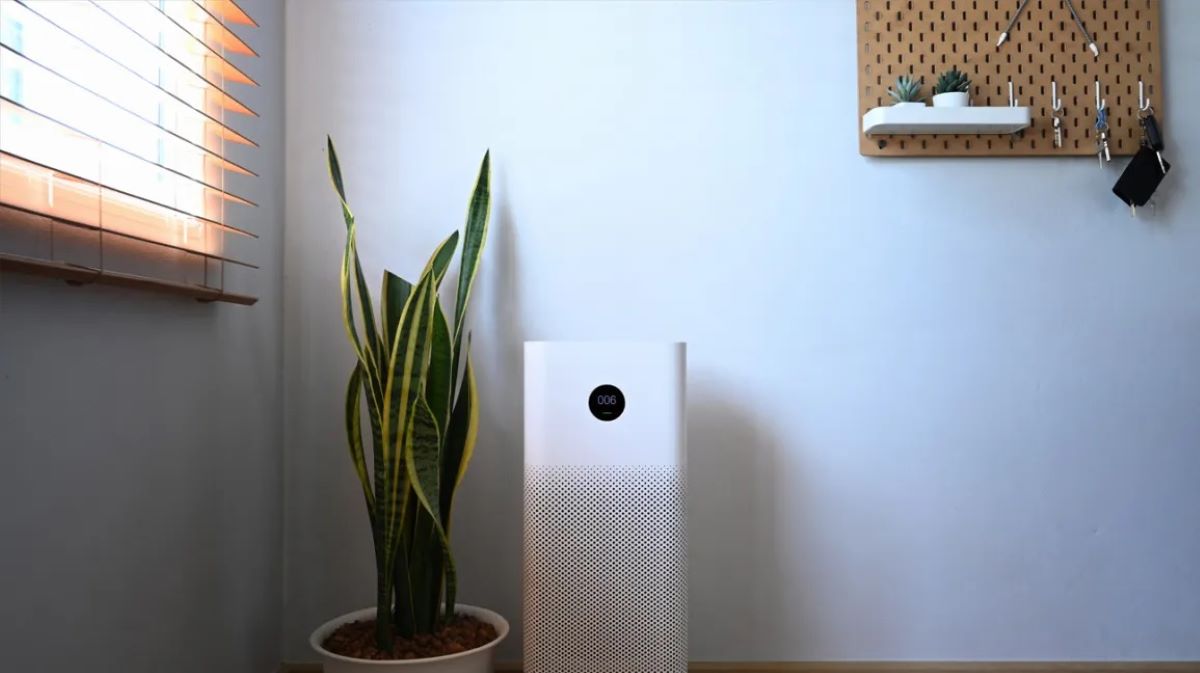
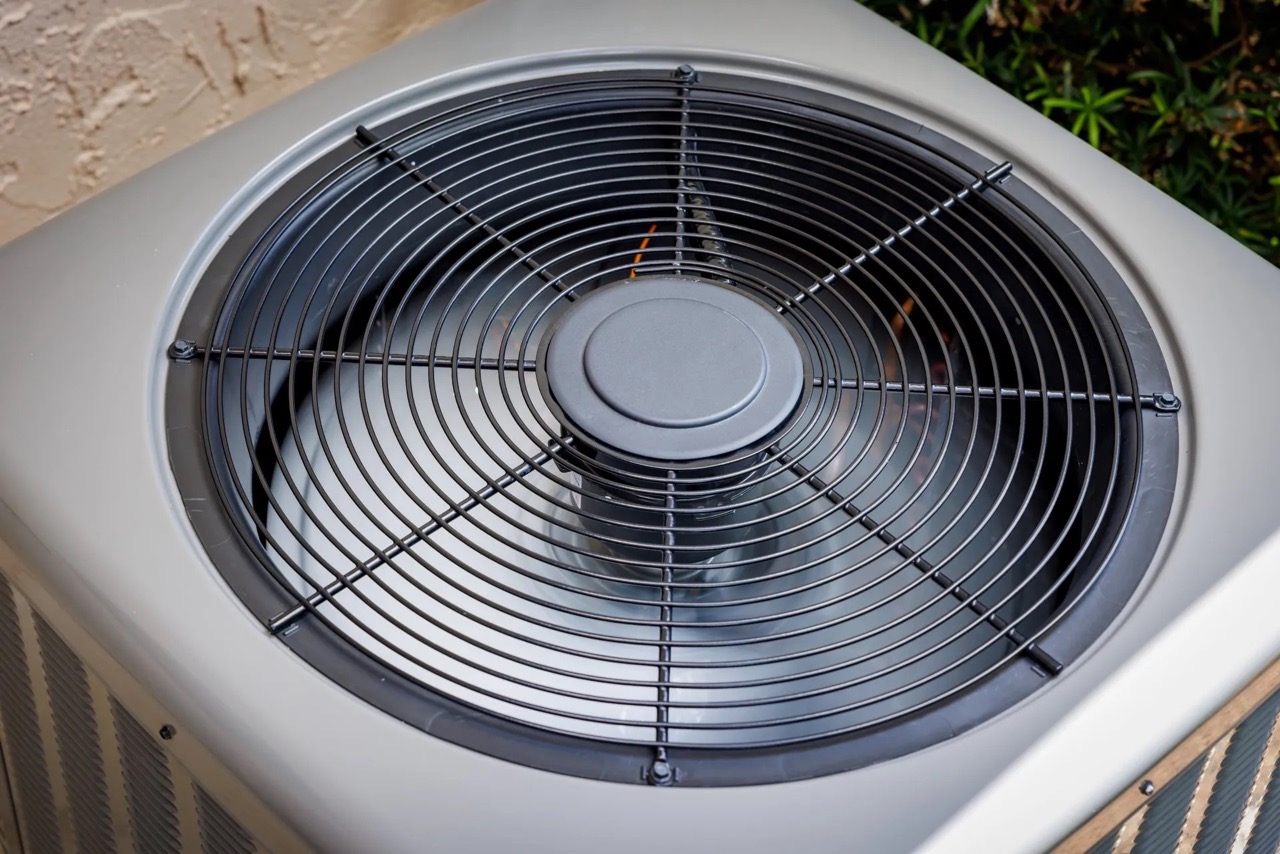
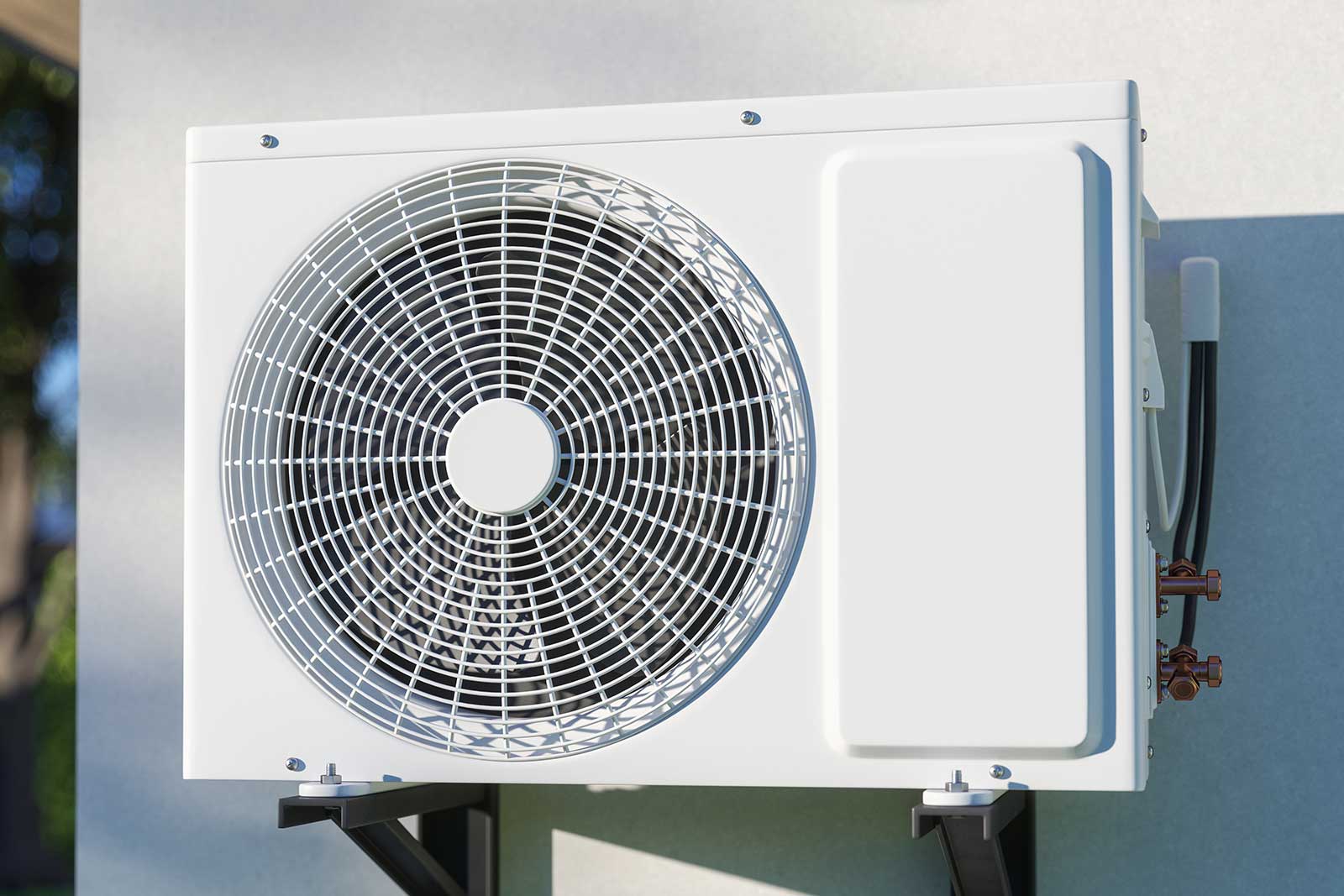
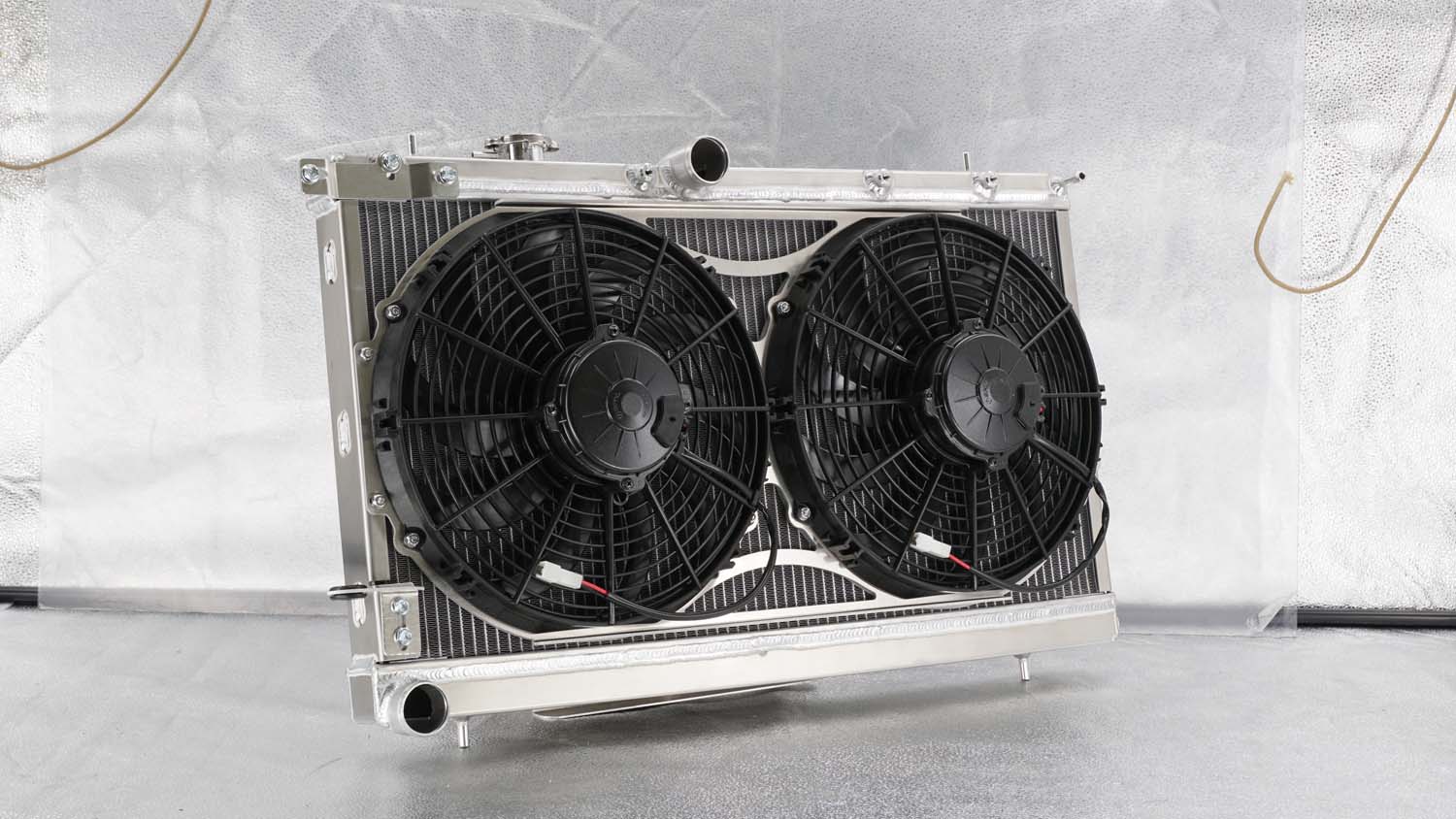
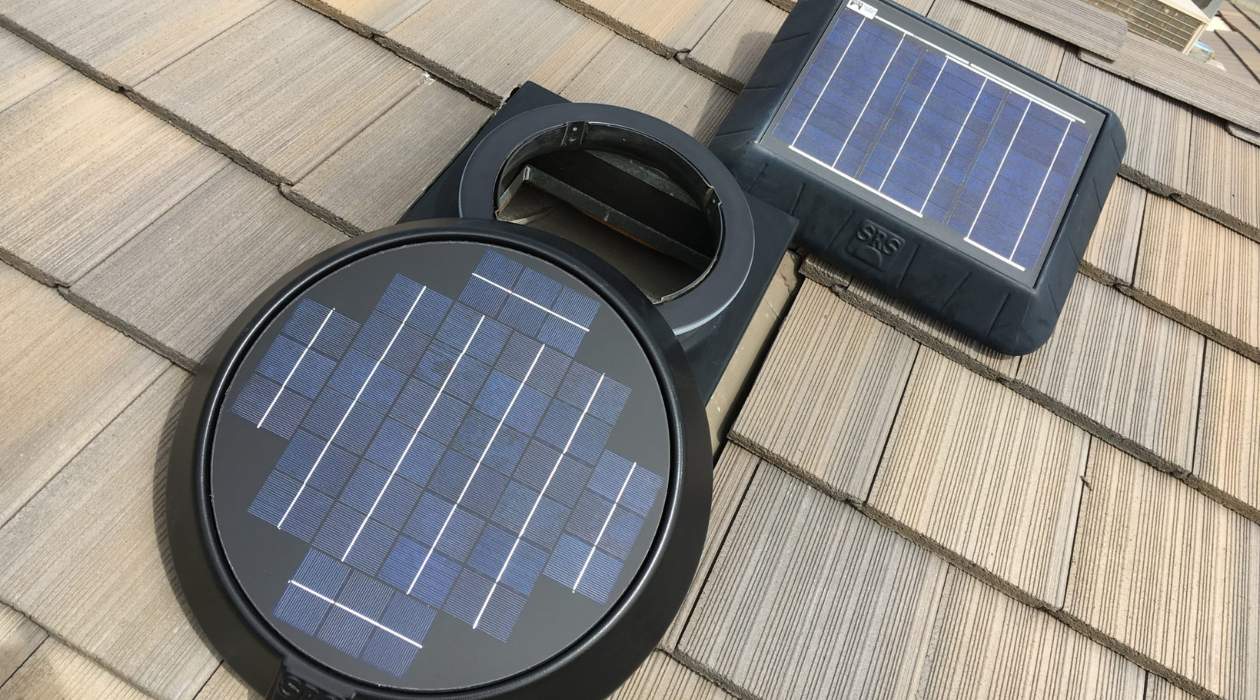
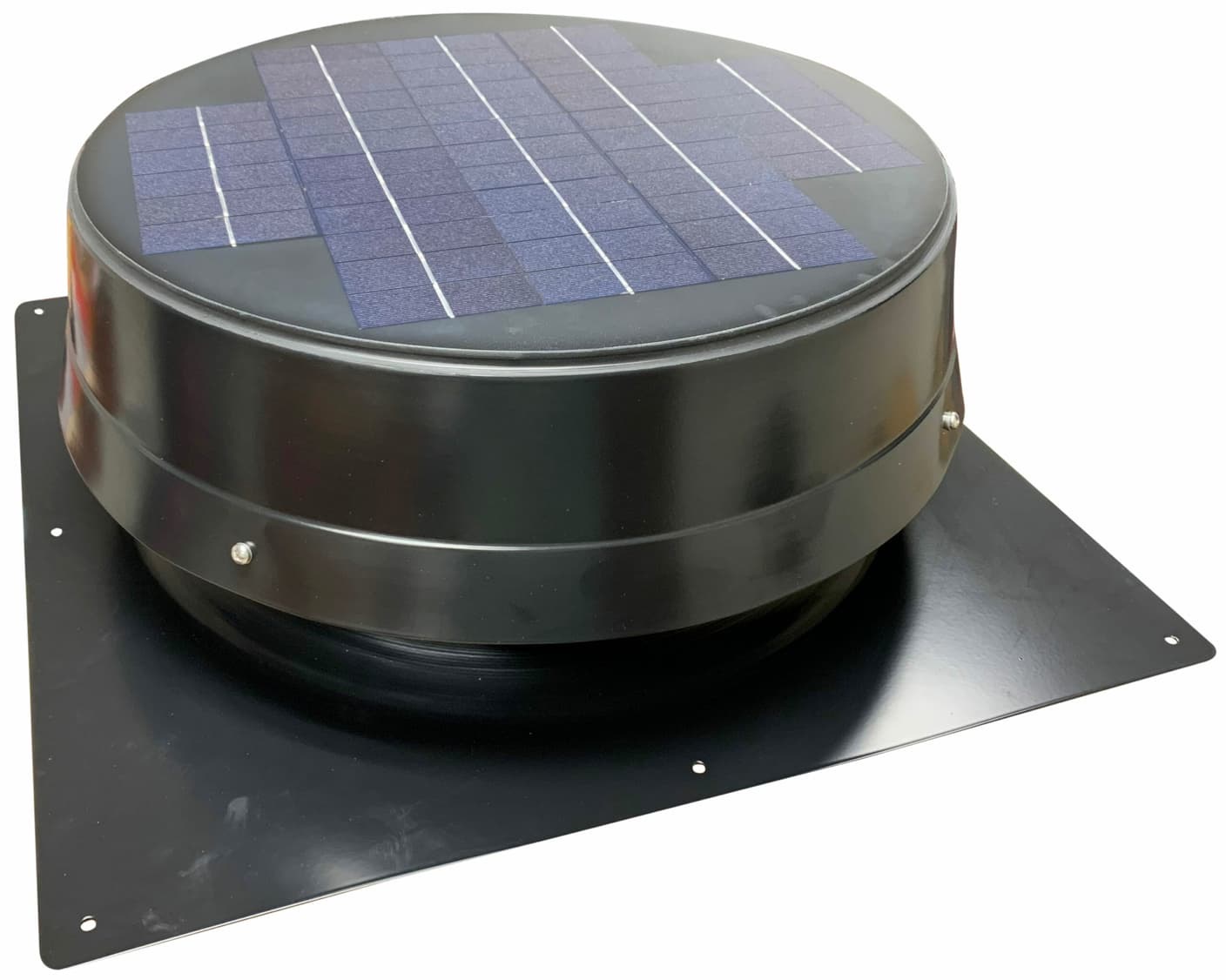
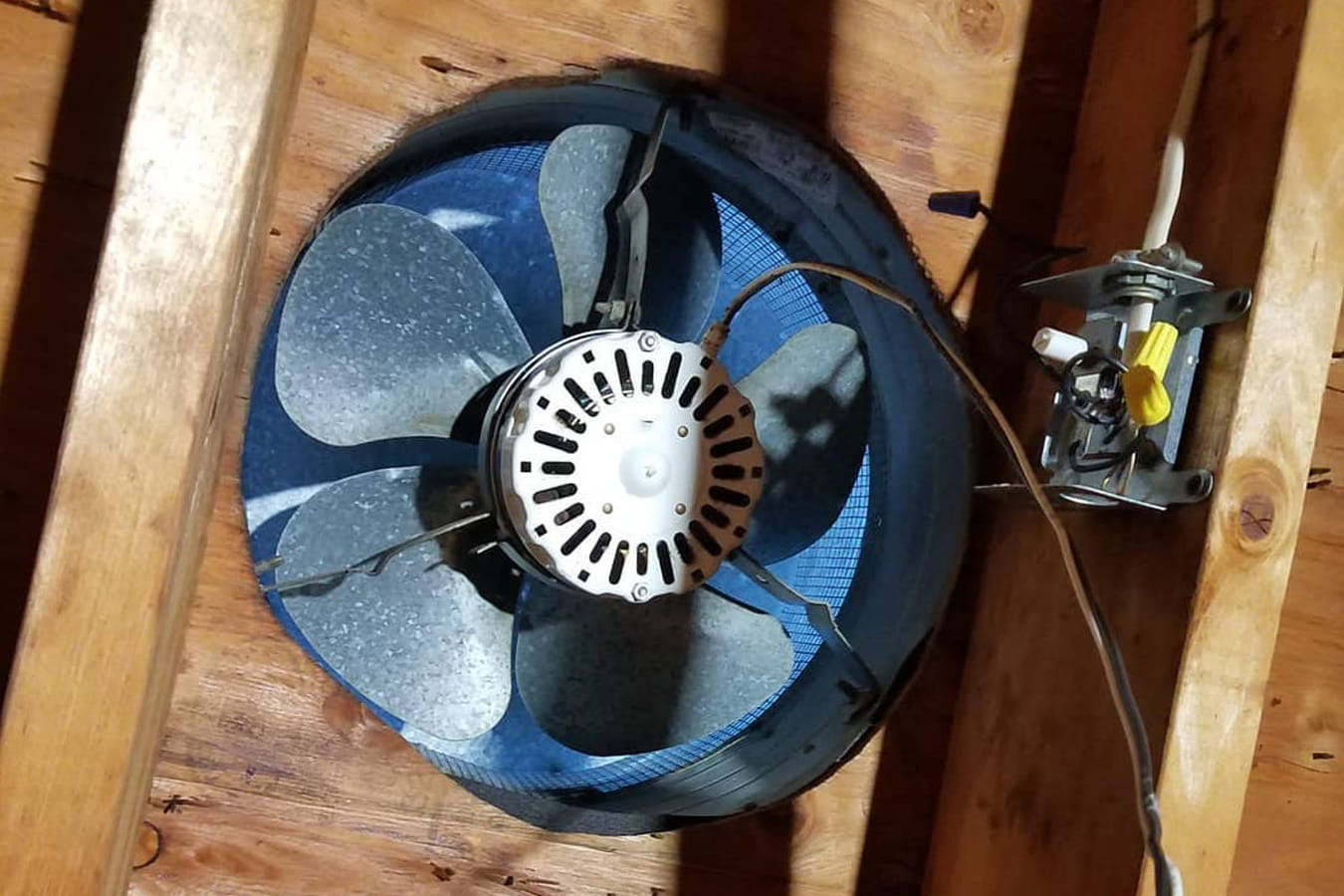


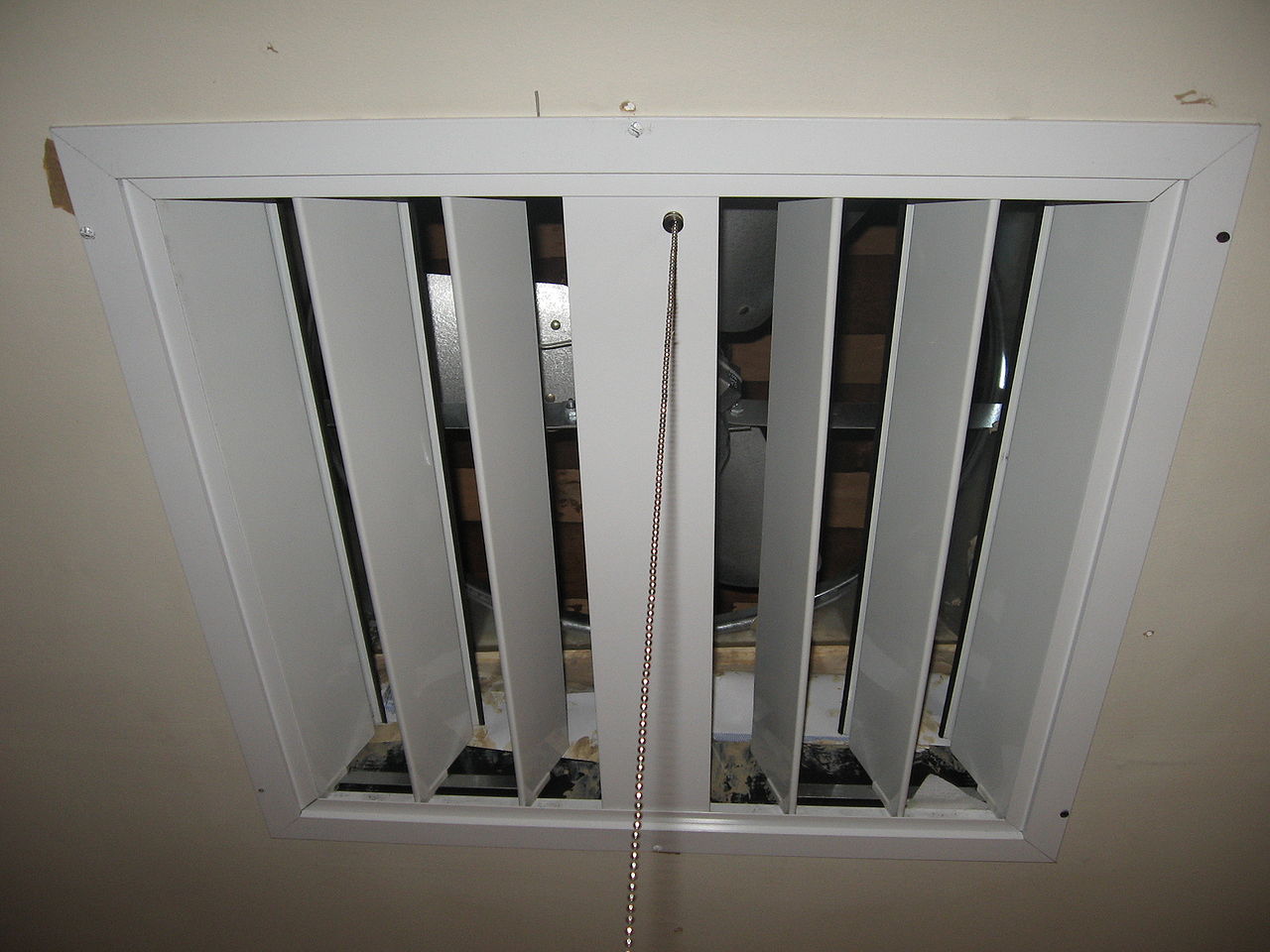
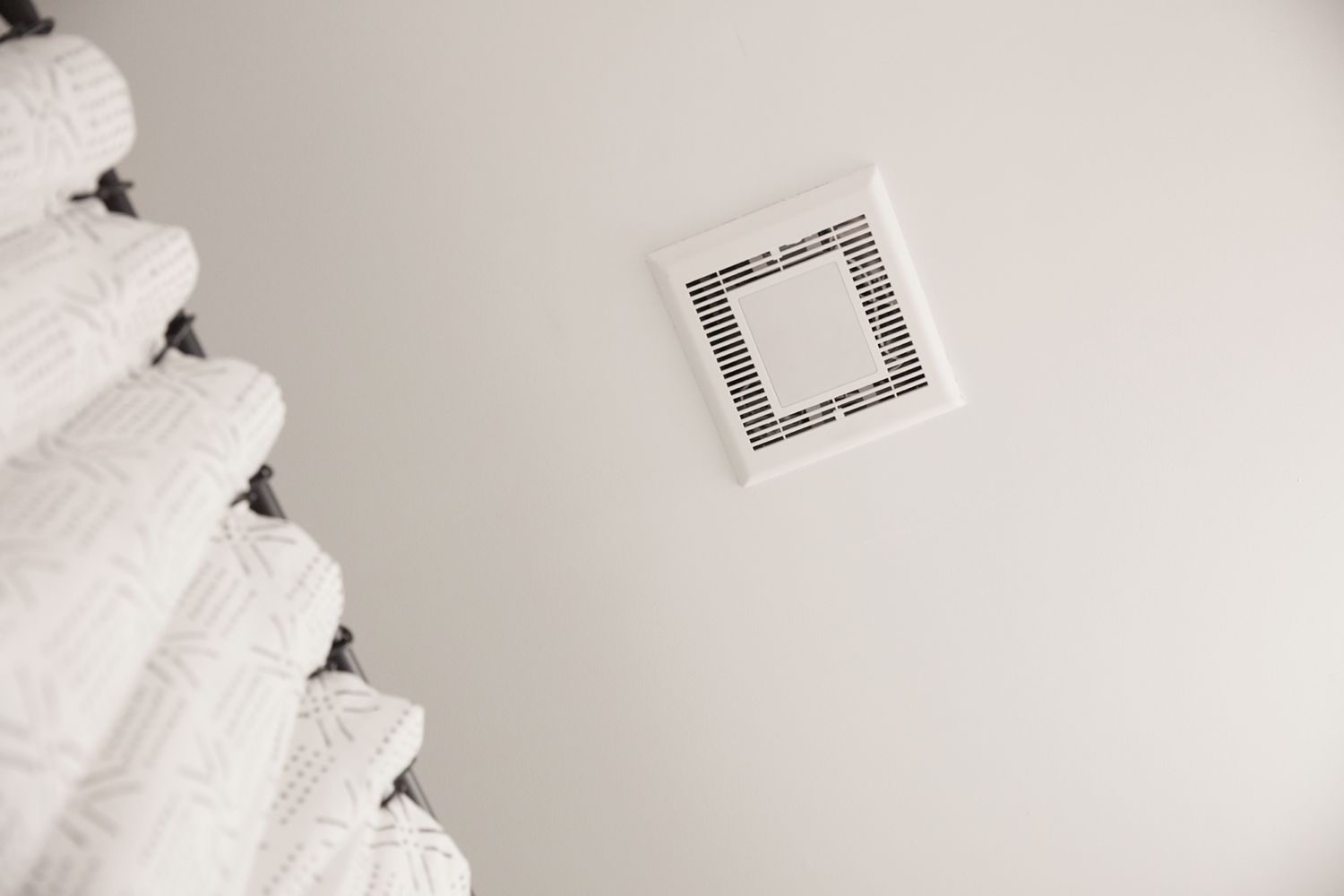
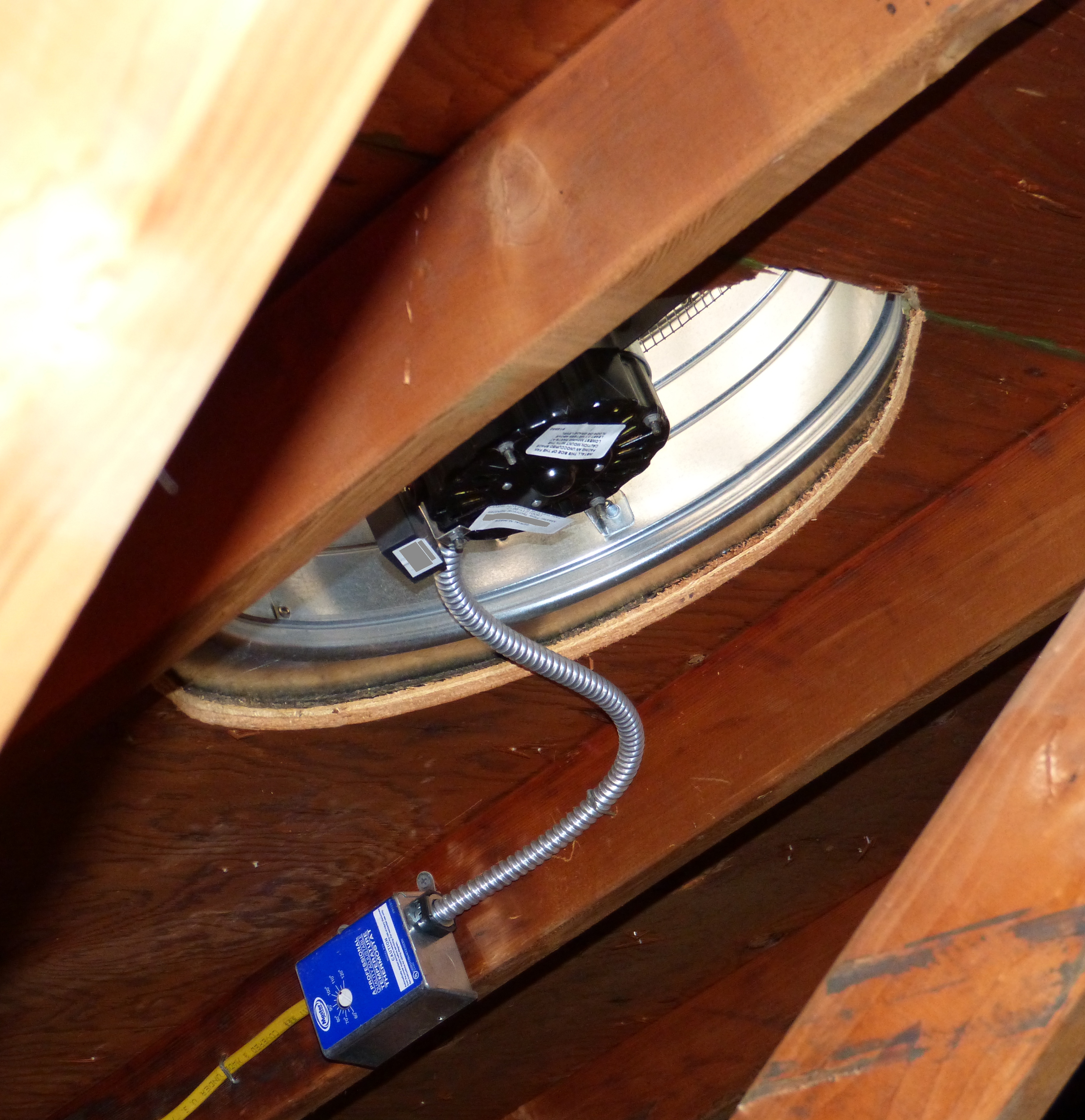
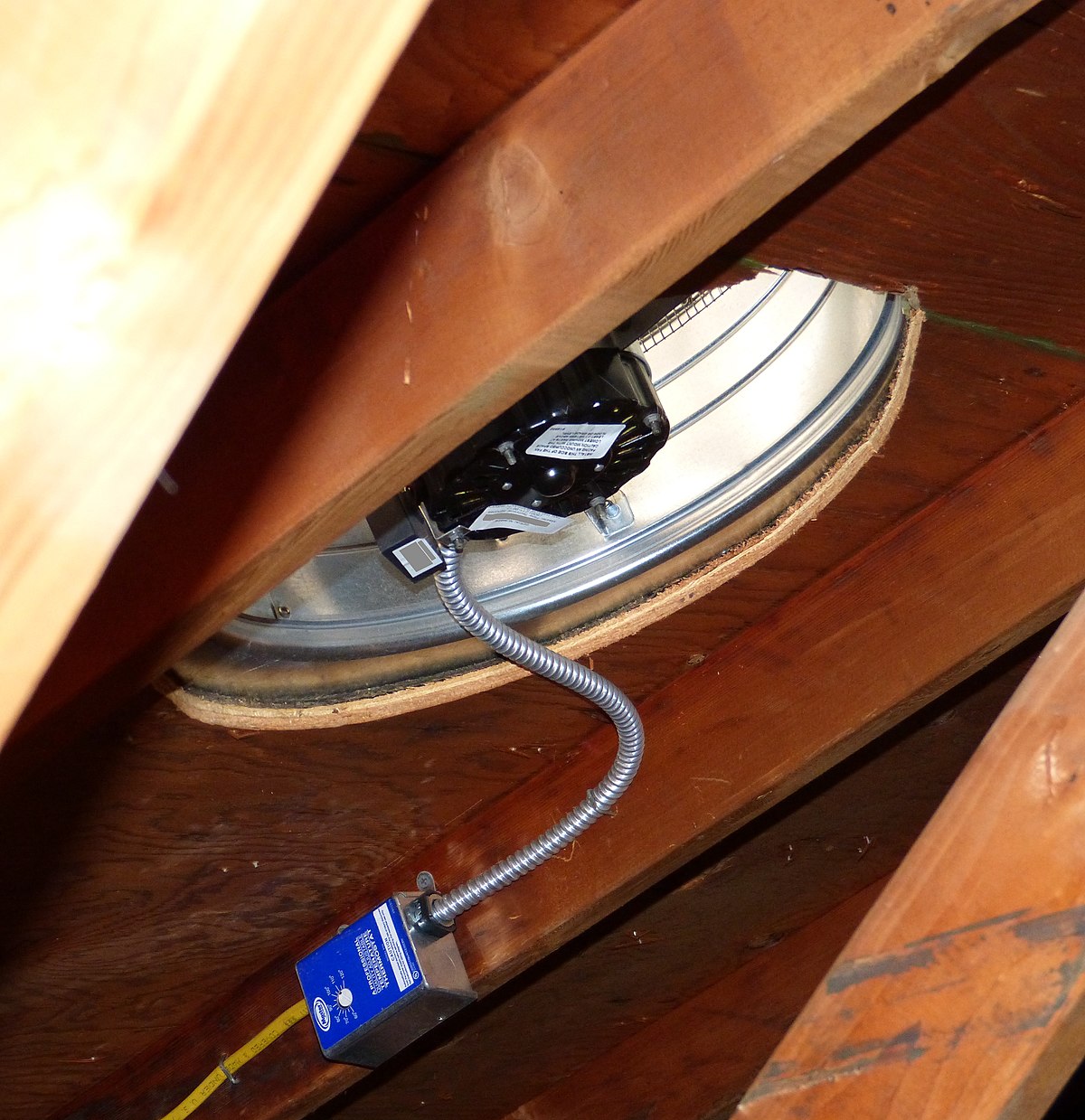
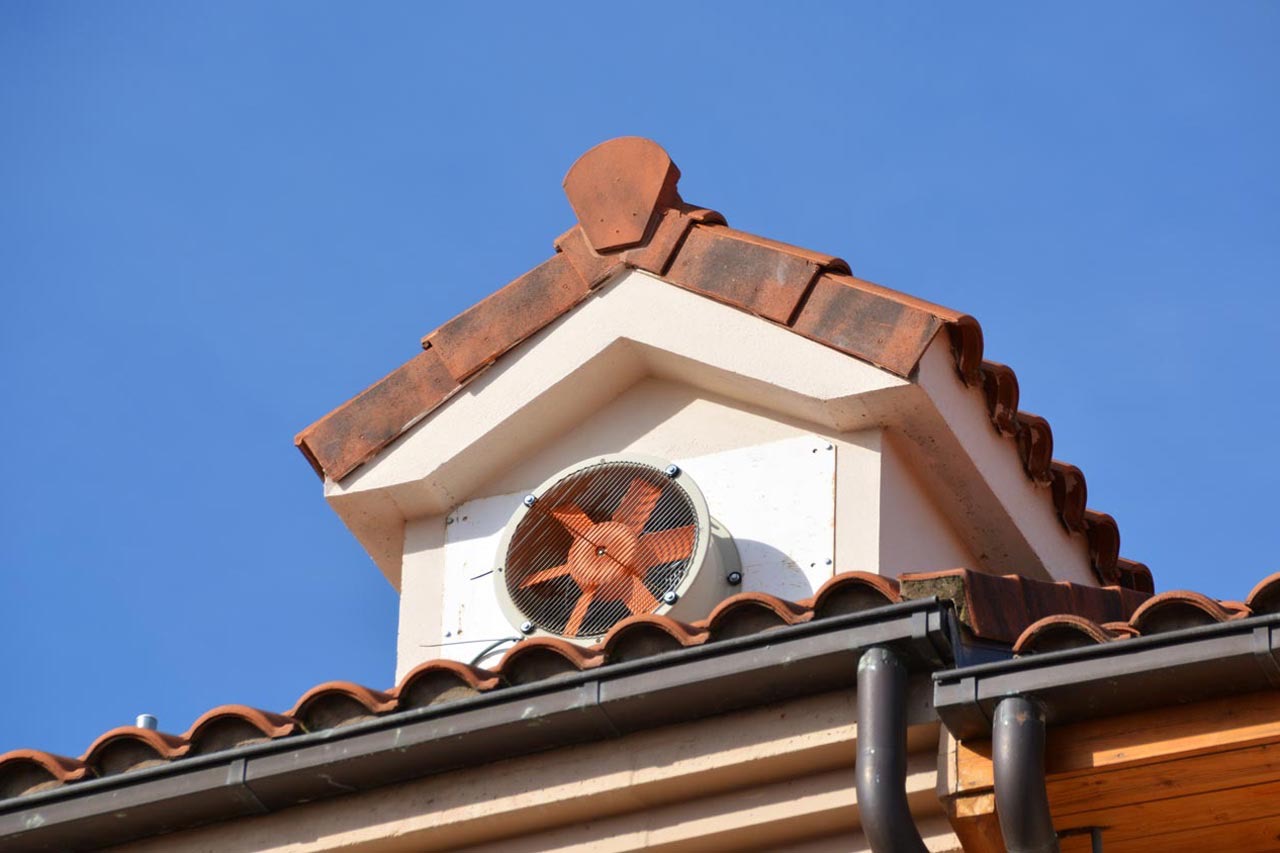

0 thoughts on “What Does An Attic Fan Do”